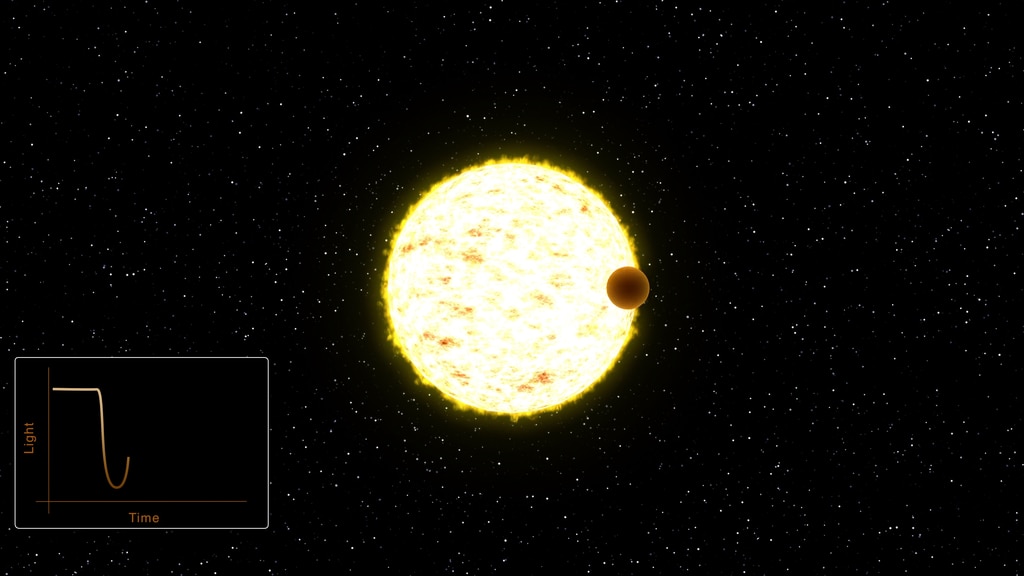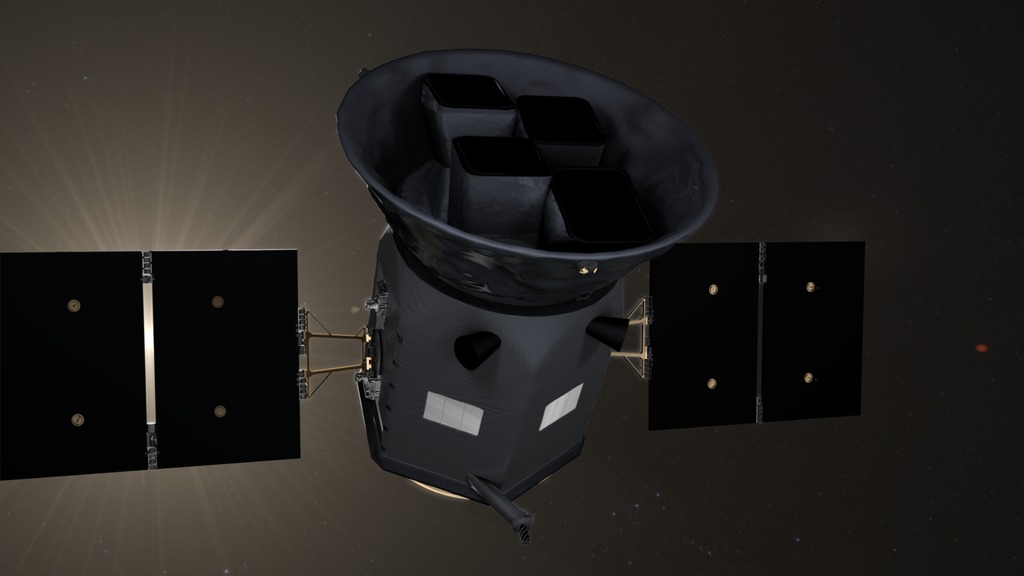NASA's New Planet Hunter: TESS
Watch an overview of the TESS mission.
Music: "Drive to Succeed" from Killer Tracks
Watch this video on the NASA Goddard YouTube channel.
Complete transcript available.
NASA’s Transiting Exoplanet Survey Satellite (TESS) will find undiscovered worlds around bright nearby stars, providing targets where future studies will assess their capacity to harbor life. TESS is a NASA Astrophysics Explorer mission led and operated by MIT and managed by Goddard. With the help of a gravitational assist from the Moon, the spacecraft will settle into a 13.7-day orbit around Earth.
Four wide-field cameras will give TESS a field-of-view that covers 85 percent of the entire sky. Within this vast visual perspective, the sky has been divided into 26 sectors that TESS will observe one by one. The first year of observations will map the 13 sectors encompassing the southern sky, and the second year will map the 13 sectors of the northern sky.
The spacecraft will be looking for a phenomenon known as a transit, where a planet passes in front of its star, causing a periodic and regular dip in the star’s brightness. NASA’s Kepler spacecraft used the same method to spot more than 2,600 confirmed exoplanets, most of them orbiting faint stars 300 to 3,000 light-years away
TESS will concentrate on stars less than 300 light-years away and 30 to 100 times brighter than Kepler’s targets. The brightness of these target stars will allow researchers to use spectroscopy, the study of the absorption and emission of light, to determine a planet’s mass, density and atmospheric composition. Water and other key molecules in its atmosphere can give us hints about a planets’ capacity to harbor life.
For More Information
Credits
Please give credit for this item to:
NASA's Goddard Space Flight Center
-
Producers
- Scott Wiessinger (USRA)
- Claire Saravia (NASA/GSFC)
-
Editor
- Scott Wiessinger (USRA)
-
Narrator
- Padi Boyd (NASA/GSFC)
-
Animators
- Brian Monroe (USRA)
- Walt Feimer (KBR Wyle Services, LLC)
- Chris Meaney (KBR Wyle Services, LLC)
- Tim Pyle (IPAC-Caltech)
- Scott Wiessinger (USRA)
-
Science writers
- Jeanette Kazmierczak (University of Maryland College Park)
- Claire Saravia (NASA/GSFC)
- Francis Reddy (Syneren Technologies)
-
Scientist
- Padi Boyd (NASA/GSFC)
Release date
This page was originally published on Wednesday, March 28, 2018.
This page was last updated on Monday, January 6, 2025 at 1:32 AM EST.





